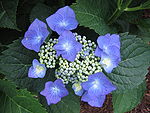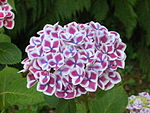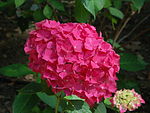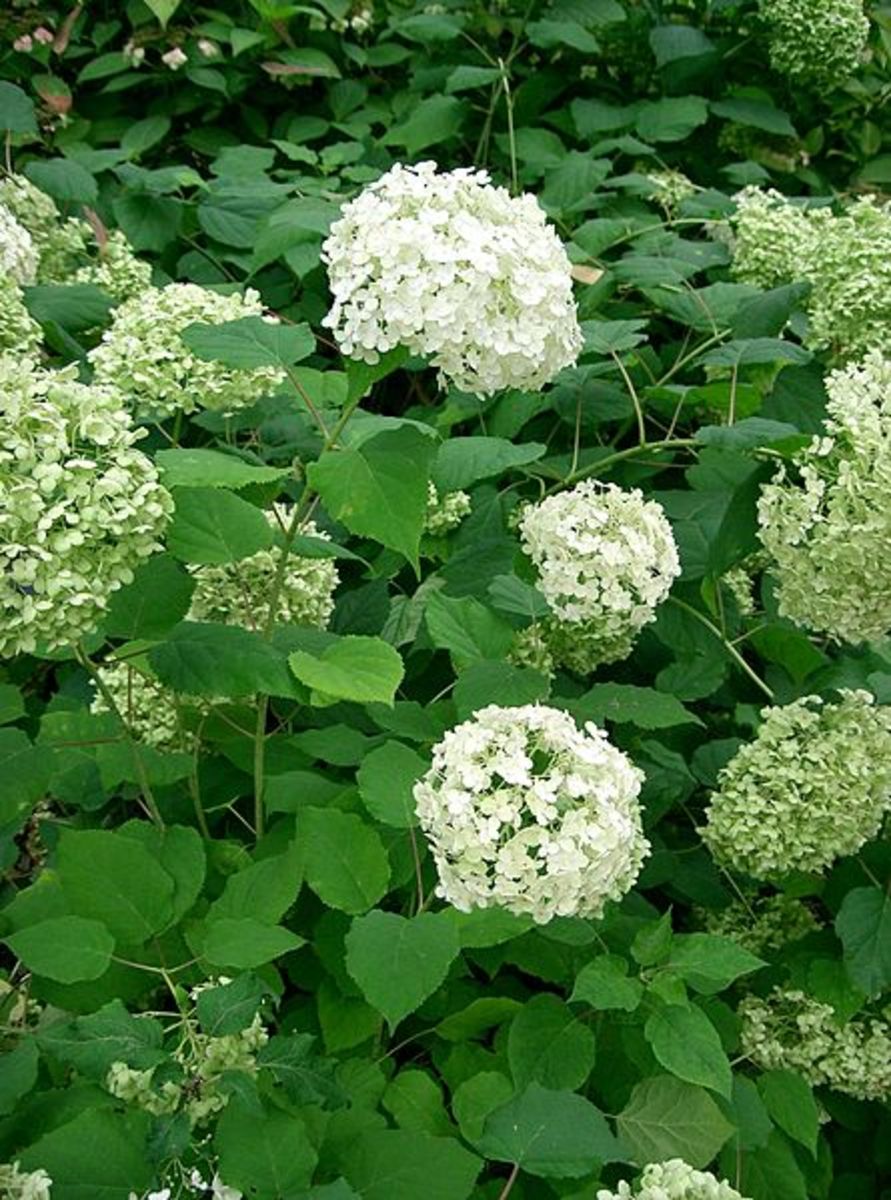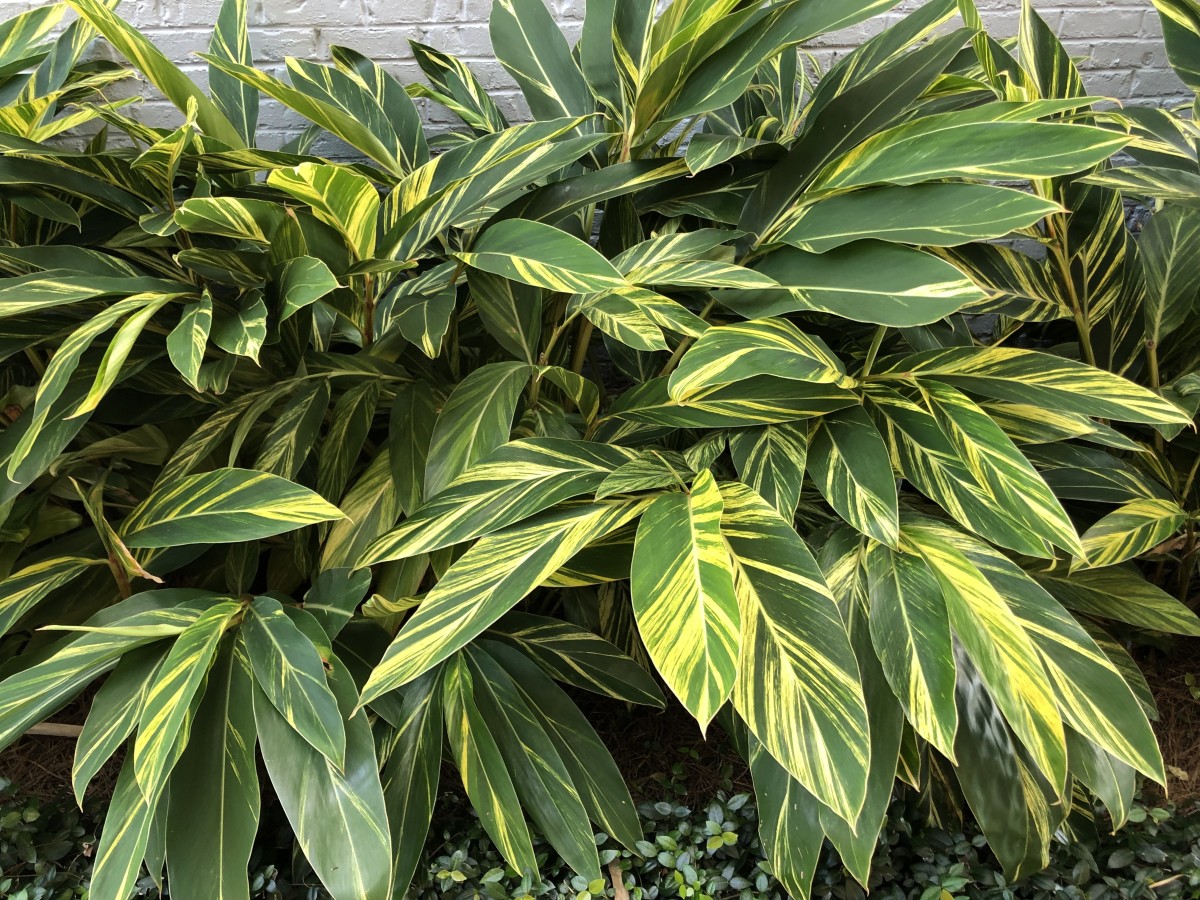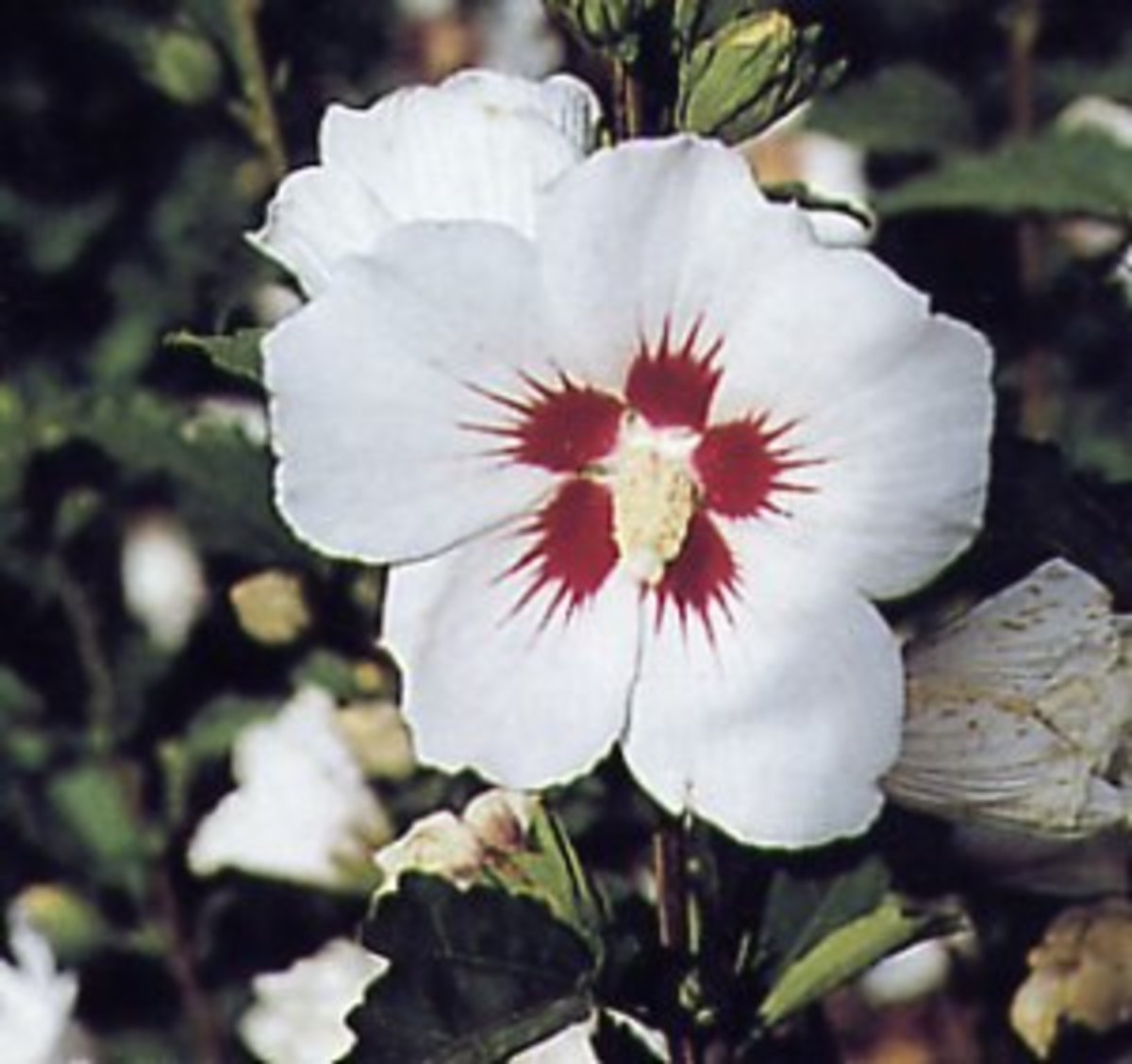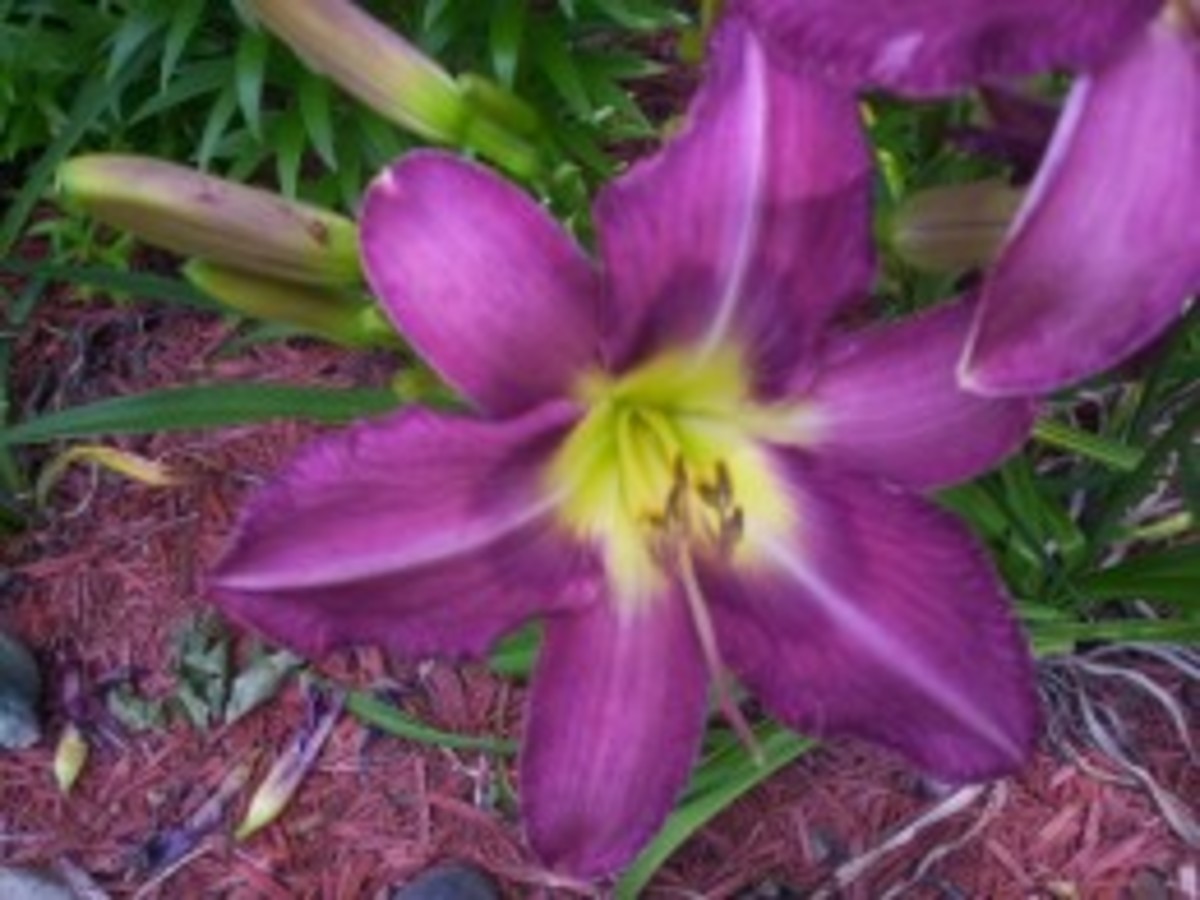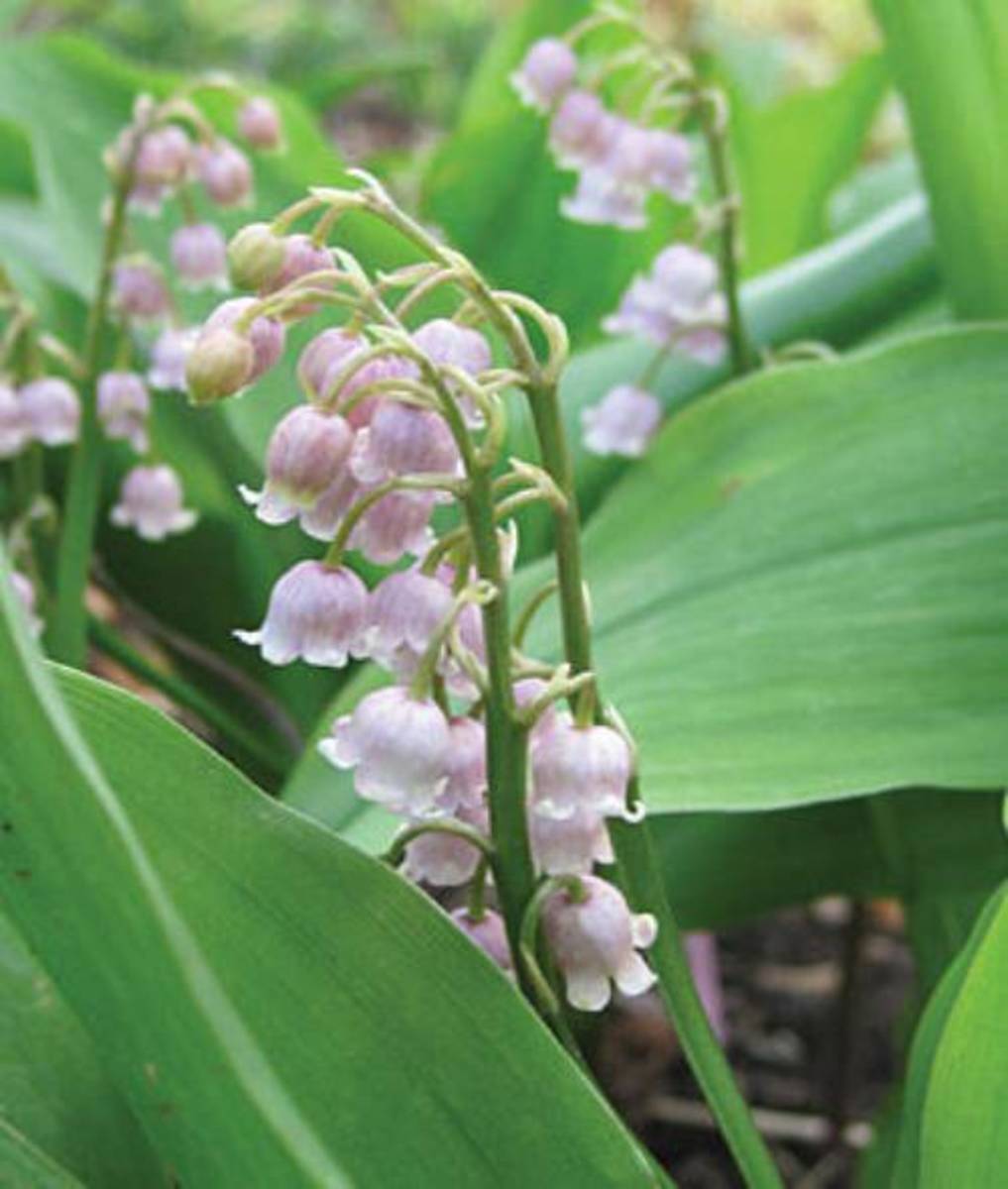- HubPages»
- Home and Garden»
- Gardening»
- Planting Flowers
Growing And Preserving Hydrangeas







Hydrangeas
Hydrangea Macrophylia can be broken down into two groups, they would be those with mophead flowers and those that are Lacecap flowers.
Hydrangeas require full sun or partial shade, with rich, moist, well-drained soil.
Not only are hydrangeas beautiful in your garden, they are beautiful inside the house as well.
They are gorgeous fresh cut, or dried, making a pretty center piece for your table
There are many ways to use a dried bouquet, such as a wreath or in a vase, urn or basket as a dried floral arrangement.
The Four Types Of Hydrangea
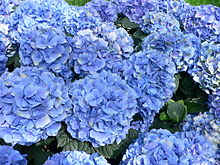

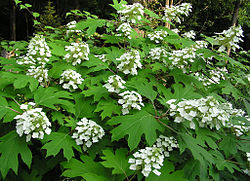
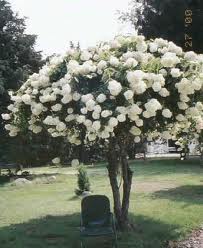
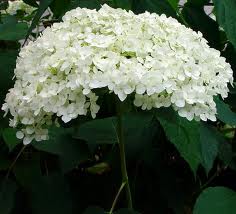
The Four Types Of Hydrangea
Mophead and Lacecap : Hydrangea macrophylia : The leaves are thick, shiny and heart shape, with a jagged or toothed edge. The Blossoms are blue, pink and purple that look like snowballs. Lacecaps only differ from Mopheads(also called Hortensias) in the shape of their blooms. Lacecaps have flat plate like blooms. The buds in the center of the Lace cap are the fertile flowers, whereas, the open blossoms around the outside edge are sterile flowers.
Pee Gee Hydrangea : Sometimes called the Tree Hydrangea, as they grow 10 to 25 feet in height. The blooms are white and turn a pinkish color as they begin to fade and turn brown as winter sets in.
Annabelle Hydrangea : or "Snowball" very large with tiny individual blossoms. They open green, then they turn to white for about 3 weeks, and then begin to slowly turn green again as they dry out.
Oakleaf Hydrangea : White blossoms fading to a pinkish brown in the fall, Most popular for their oak leaf shape foliage. The leaves are leathery and large. The leaves turn turn purple, orangey-bronze or burgundy in the fall. The Oakleaf Hydrangea is just as beautiful in the fall as it is in the summer.
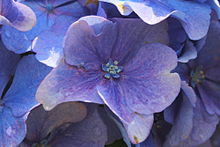
Water
Hydrangeas love a heavy watering.
If you forget it will soon look quite dead. But it will revive if soaked well with water.
Try to keep the soil evenly moist.
Remember on really hot arid days that your hydrangeas would love a deep drink of water.
Pruning Hydrangeas
Pruning
Pruning will be easiest to do in winter, since the absence of leaves makes it easier to see and reach inside the plants.
Removing about one-third of the oldest stems each year will result in a fuller, healthier plant.
What Will It Be ? Pink? Or Blue ?
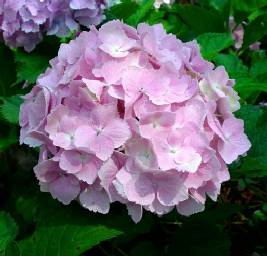
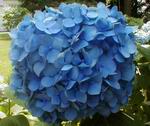
Feeding and changing the color
How to change the color of the Hydrangea
Acid Blue or Basic Pink ?
Amending the soil around to make it more or less acidic will alter the color of the blooms.
Acidic soils cause flowers to be more blue. So if you want blue flowers the soils acidic level needs to be less than pH 5.5. Soil with levels more than pH 5.5 cause flowers to be pink.
White flower varieties are not changed by raising or lowering the soils pH.
A good amendment to use towards producing bluer flowers Would be aluminum sulfate.
If you want to raise the pH then you will need to add lime.
Be sure to not go overboard on either one..If you add to much lime the plants leaves will turn yellow. Too much aluminum at once could damage the roots of the plant.
Hydrangea diseases
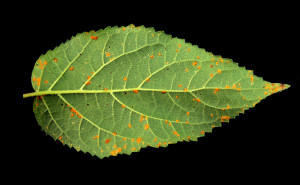
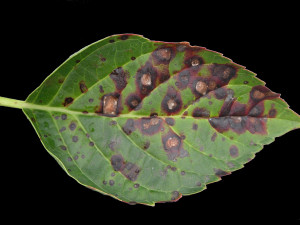
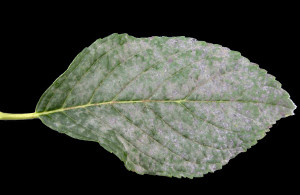
Taking Care Of Disease
Hydrangeas are susceptible to several diseases that produce a variety of symptoms. Most of these diseases can be treated or measures taken to prevent them.
Look at the pictures on the right , to identify any of these diseases.
The diseases of the Hydrangea are usually caused by a fungus or bacteria which has infected the plant infection by means of an opening in the tissue. Which would be a wound, such as a cut or scrape to one of its branches or stems. The plant tends to be more vulnerable when there is high humidity.
The diseases that affect Hydrangea plants are powdery mildew, leaf spot, blight, and root rot.
If the Hydrangea plant has been affected by one or more of these diseases, you would see small, white, brown or purple spots on the leaves that are closest to the ground, reddish brown blotches on the flower petals, withered buds, leaves dropping, and the roots would be brittle and brown.
If you see any of these signs , then you should, spray a fungicide on the affected areas. Be sure to repeat the treatment about every 10 to 15 days, if needed, to control the infection. Cut away and remove any of the twigs, leaves and flowers, that are infected. Clean up the area under and around the shrub, discarding all. Do not add infected materials to the compost bin.
Propagating Hydrangeas
Save yourself the cost of buying multiple hydrangea plants by propagating the plants on your own. Yea free plants...
1. Select a stem, it should be a new stem, the stem and the leaves should be green.It should have at least four sets of leaves. The stem should be at least three to six inches long.
2. Use a sharp pair of pruning shears or snips to cut the stem. Cut the bottom of the stem at an angle. Make a small little cut underneath the lowest holes from the leaves to injure the stem. This will allow more roots to grow. The more roots the better.
3. Once you have made that small cut, go ahead then and remove the lower leaves, make sure you leave the top two sets of leaves on the stem.
4. Place the cutting in a vase or jar of water.
5. Make sure that the openings from the second row of leaves you removed is underwater. Remember to keep checking the water level in order to keep the stem covered to root.
6. Check the water often. Your Hydrangea cutting needs water to root. Check the cutting every day.
7. It will take several weeks for your cutting to grow roots. Some cuttings may root sooner than others do. So it would be good if you try to root more than one stem.
8. Plant your hydrangea cuttings from the water to a six inch pot when the roots are at least an inch long. Allow then to grow some in this pot before you move to a larger pot or in the garden bed.
Hydrangea Wreath

More On Hydrangeas
- How To Dry Hydrangeas
How fortunate we are that God has created and surrounded us with so much beauty. I like to take that beauty and make it last as long as I possibly can. One of the ways to do so, is to dry some of the flowers that grow in my garden.

